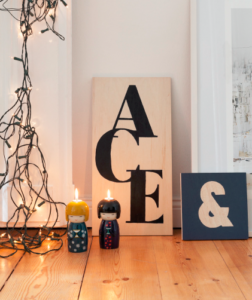Crochetting is a craft that involves using a hook and yarn to create a variety of patterns and designs. The technique involves pulling loops of yarn through other loops using the hook, which allows for intricate and detailed textures. Crochetting has become a popular pastime around the world, and it is beloved for its versatility and timeless appeal. From delicate doilies to cozy blankets, crochetting can be used to create a variety of useful and decorative items. One of the joys of crochetting is the ability to choose from a wide variety of yarns, colors, and textures to suit any project. Whether it’s a new hobby or an old passion, crochetting offers endless possibilities for creativity and self-expression.
 Pin
Pin Chain stitch
An initial chain (also called the foundation chain) made of chain stitches forms the basis of every crocheted item. Chain stitches are also needed for turning. In conjunction with other stitches, they produce a diverse range of open or closed stitch structures.
Chain stitch foundation chain
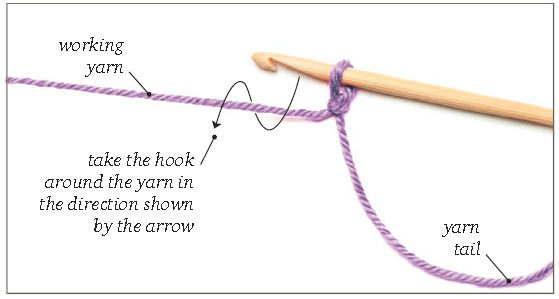 Pin
Pin Step 1: Start with a slip knot on your hook. Wrap the yarn around the hook. To do this, take the hook under the yarn and simultaneously pull the yarn slightly forwards.
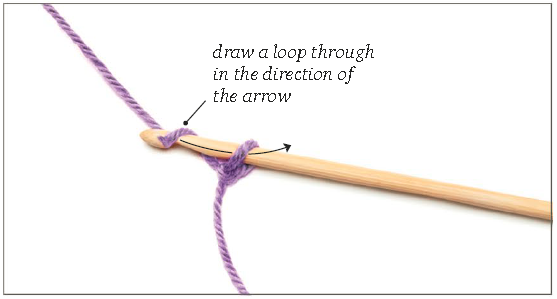 Pin
Pin Step 2: With the yarn caught in the lip of the hook, draw a loop of yarn through the loop on the hook shaft. Hold the base of the slip knot with the free fingers of your hand as you draw the loop through.
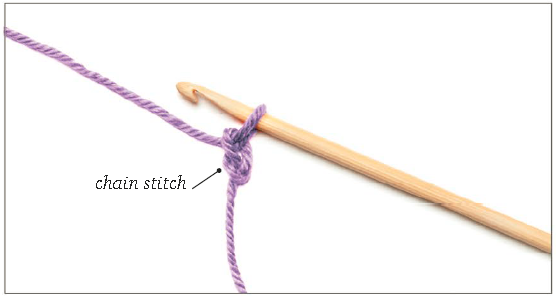 Pin
Pin Step 3: This completes the first chain stitch.
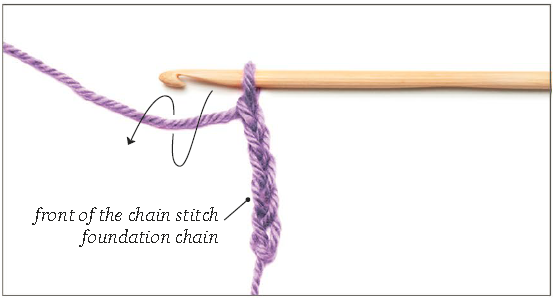 Pin
Pin Step 4: For each additional stitch, repeat and pull another loop through the stitch on the needle. Continue in this way until you have crocheted the specified number of chain stitches.
Counting chain stitches
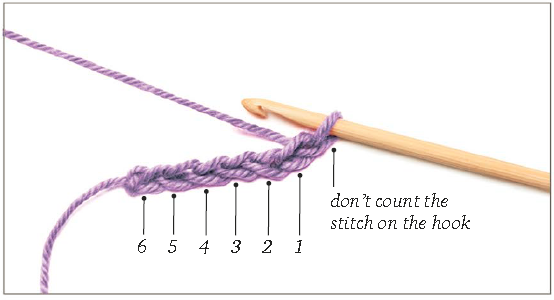 Pin
Pin Count along as you crochet until the desired number of chain stitches has been reached. Before you continue with your project, it’s a good idea to check your numbers again. Hold the foundation chain with the right side towards you and count the stitches from the crochet hook to the left.
Double crochet
Double crochet is often used – either on its own or in combination with other stitches.
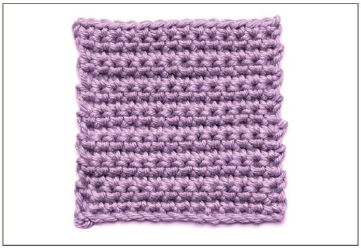 Pin
Pin When double crochet is worked back and forth in rows it looks identical on both sides. If you work in rounds, the front and back of the work look different.
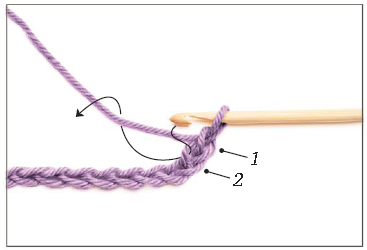 Pin
Pin Step 1: Crochet a foundation chain (see above) of the required length. Insert your hook through the second stitch from the hook and wrap the yarn around the hook following the arrow. Here the hook is inserted under a single strand, but you can also take the hook under 2 strands of yarn.
 Pin
Pin Step 2: Hold the base of the foundation chain firmly in your left hand. Tension the yarn and draw a loop back through the chain stitch in the direction shown by the arrow.
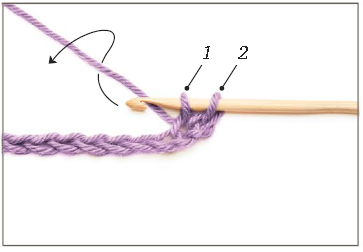 Pin
Pin Step 3: Now there are 2 loops on the crochet hook. Take the hook around the yarn in the direction shown by the arrow.
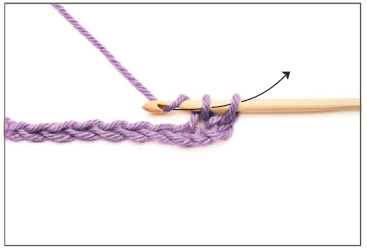 Pin
Pin Step 4: Pull the yarn loop through both stitches on the hook in one smooth action. Let the working yarn slide through your fingers but keep the yarn tension constant.
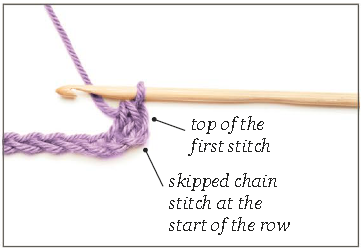 Pin
Pin Step 5: The first double crochet stitch is complete. The skipped chain stitch at the start of the row is not counted as a stitch, it serves as a turning stitch.
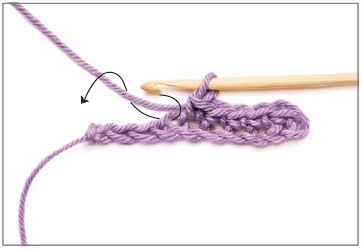 Pin
Pin Step 6: Work a double crochet stitch in each of the following chain stitches in the row in exactly the same way.
 Pin
Pin Step 7: At the end of the row, turn the work so that the working yarn lies to the right. You can then begin the next row.
 Pin
Pin Step 8: At the start of the second row, crochet a chain stitch. This is the turning stitch. It takes the yarn up to the correct level for the next row of double crochet stitches.
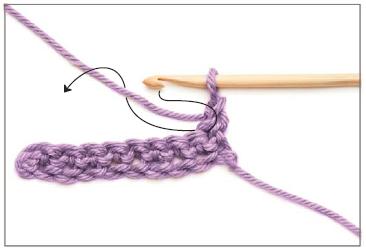 Pin
Pin Step 9: Work the first double crochet into the top of the first stitch in the row below. Work a double crochet into the top of each remaining double crochets in the row below.
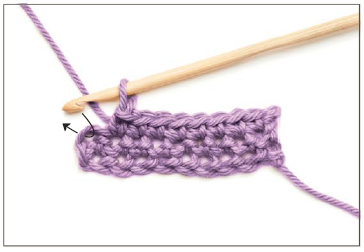 Pin
Pin Step 10: At the end of the row, work the last stitch into the top of the last double crochet of the row below. Work the following rows as for the second row.
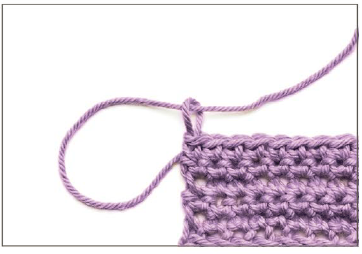 Pin
Pin Step 11: When your piece is finished, cut the yarn, leaving a 10cm (4in) thread hanging. Remove the hook from the final stitch, bring the yarn end through, and pull the stitch firmly closed. This finishing technique is used for all stitch types.
Tension square
Before beginning a crochet project, make a tension square. Depending on how loosely or tightly you crochet, you may need to use a different hook size to achieve the tension specified in the pattern.
 Pin
Pin Step 1: Using the specified hook, crochet a sample piece measuring about 13cm (5in) square. Insert 2 pins 10cm (4in) apart and count the stitches in between.
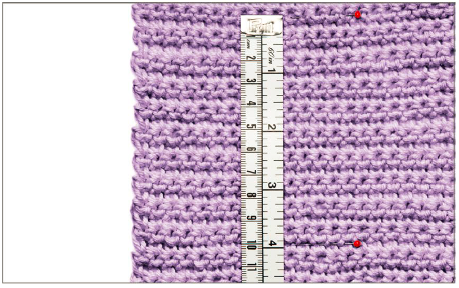 Pin
Pin Step 2: Count the rows over 10cm (4in) in the same manner. If there are fewer than specified in the pattern, try again with a slightly smaller crochet hook. If there are more, use a larger hook. Precision in the stitch width is more important than row height.
Double crochet increases
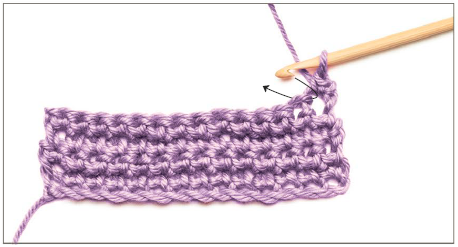 Pin
Pin Step 1: To increase one stitch at the beginning of a row of double crochet, work one double crochet stitch into the first stitch in the usual way. Next, insert the hook again into the first stitch and work a second double crochet in the same stitch.
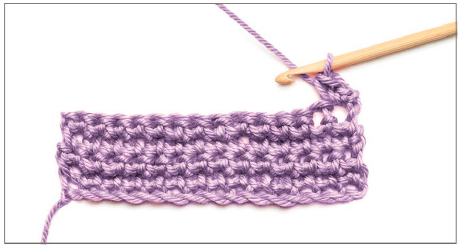 Pin
Pin Step 2: This completes the increase. Proceed as usual, double crocheting into each double crochet stitch in the previous row.
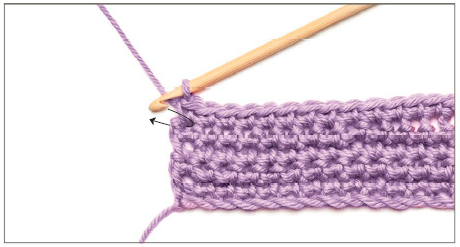 Pin
Pin Step 3: At the end of the row, work one double crochet stitch into the last stitch of the row in the usual way. Insert the hook again into the crochet stitch of the row and work a second double crochet stitch.
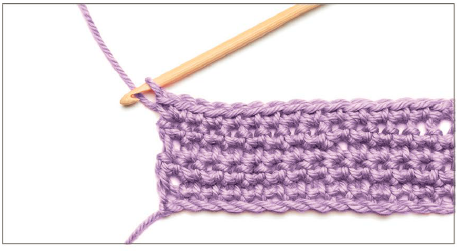 Pin
Pin Step 4: This increases once stitch at the end of the row.
Crocheting in the round using a loop
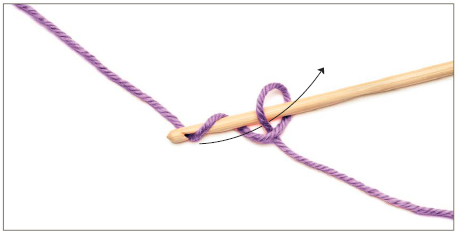 Pin
Pin Step 1: Form a loop from the yarn and pull the working thread through.
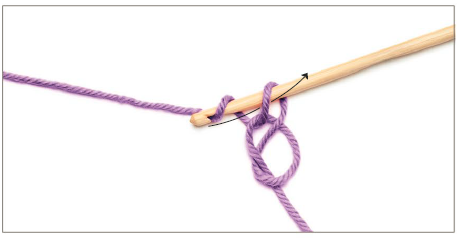 Pin
Pin Step 2: Don’t pull the loop closed. To begin the first round, crochet a chain stitch into the loop.
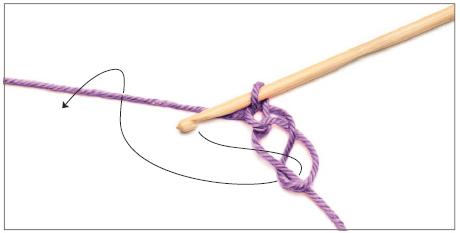 Pin
Pin Step 3: Work the first round of double crochet stitches, working them into the ring and over the yarn tail as shown by the arrow.
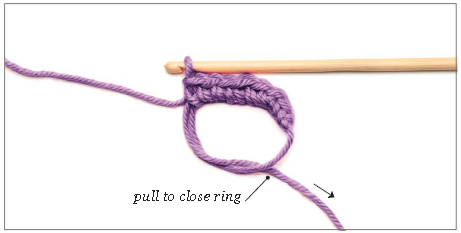 Pin
Pin Step 4: When all of the required stitches are worked into the ring, pull the yarn tail to close the ring. Then continue as explained in the pattern instructions.
Crocheting is a popular and versatile craft that involves using a hooked needle to create intricate and beautiful designs with yarn or thread. It is a great way to express your creativity and make handmade items such as blankets, scarves, hats, and much more.
If you want to learn crocheting in a super easy way, follow the steps below:
- 1. Gather the necessary materials: To get started with crocheting, you will need a crochet hook, yarn or thread, and a pair of scissors. There are many different sizes and types of crochet hooks to choose from, so it’s best to start with a medium-sized hook and a soft, medium-weight yarn.
- 2. Learn the basic stitches: There are a few basic crochet stitches that you need to master in order to create any project. These include the chain stitch, single crochet, half double crochet, double crochet, and triple crochet. There are many online tutorials and videos that can help you learn these stitches step by step.
- 3. Practice makes perfect: Once you have learned the basic stitches, it’s time to start practicing. Start by creating a simple project, such as a dishcloth or a small square, to get the hang of the stitches and techniques. Don’t worry if your first few attempts are not perfect – crocheting takes time and practice to master.
- 4. Follow patterns: As you become more comfortable with the basic stitches, you can start following crochet patterns to create more complex projects. There are countless free and paid patterns available online for everything from blankets to clothing to accessories. Following a pattern will help you learn new techniques and expand your skills.
- 5. Experiment with different yarns and hooks: One of the best parts of crocheting is getting to use a wide variety of yarns and hooks to create unique and beautiful designs. Experiment with different textures, colors, and weights of yarn to see what you like best. Similarly, try different sizes and types of crochet hooks to find what feels most comfortable for you.
- 6. Join a community: Crocheting can be a solitary activity, but it’s also a great way to connect with other crafters. Joining a local crocheting group or online community can provide support, inspiration, and opportunities to learn new techniques from others.
Learning to crochet may seem intimidating at first, but with a little patience and practice, you can master this timeless craft in no time. Whether you are a beginner or an experienced crafter, crocheting provides endless opportunities for creativity and self-expression. So grab your materials and get crocheting – you’ll be amazed at what you can create!
Tips and techniques for beginners to improve their crocheting skills and avoid common mistakes:
- 1. Start with the right materials: Invest in good quality yarn and a suitable crochet hook that feels comfortable and easy to handle.
- 2. Practice basic stitches: Mastering basic stitches like chain, single crochet, double crochet, and slip stitch will provide a solid foundation for your crocheting skills.
- 3. Use stitch markers: Keeping track of your stitches with markers can help you avoid mistakes and ensure your pattern remains consistent.
- 4. Pay attention to tension: Consistent tension throughout your project is key to achieving a neat and even finished product. Practice maintaining an even tension as you crochet.
- 5. Read and understand patterns: Take the time to familiarize yourself with patterns and instructions before starting a project. This will help you avoid making mistakes along the way.
- 6. Take breaks: Crocheting for long periods can lead to fatigue and mistakes. Take regular breaks to rest your hands and eyes.
- 7. Join a community: Connecting with other crocheters online or in person can provide valuable advice, tips, and support as you improve your skills.
- 8. Don’t be afraid to make mistakes: Mistakes are a natural part of the learning process. Embrace them as opportunities to learn and improve your skills.
- 9. Stay patient and persistent: Improvement takes time and practice. Keep at it and don’t get discouraged by initial setbacks. With dedication, your crocheting skills will continue to improve.
FAQs: Crocheting
Crocheting is a craft that involves using a crochet hook and yarn to create fabric. It involves making loops with the yarn and using the crochet hook to create various stitches. It can be used to make a wide range of items, from clothing and accessories to home décor and toys.
Crocheting can seem complex at first, but with the right guidance and practice, it can be learned by anyone. It is a skill that requires patience and practice, but once you get the hang of it, you can create beautiful and intricate designs.
To start crocheting, you will need a crochet hook and yarn. Different crochet projects may require different sizes of crochet hooks and types of yarn, so it’s best to have a variety of sizes and types on hand. You may also want to have a pair of scissors, a tapestry needle, and stitch markers.
There are different ways to hold a crochet hook, and the best method for you will depend on your personal preference and comfort. Similarly, there are various ways to hold the yarn while crocheting. It’s important to find a method that feels comfortable and allows you to maintain even tension in your stitches.
The basic crochet stitches include the chain stitch, slip stitch, single crochet, half double crochet, double crochet, and treble crochet. These stitches serve as the building blocks for more complex patterns and designs.
There are countless resources for finding crochet patterns, including books, websites, and social media platforms like Pinterest and Instagram. You can also find patterns in craft stores and online marketplaces. Additionally, there are many free patterns available for download on various websites and blogs.
Crochet patterns are typically written using a combination of abbreviations and symbols. It’s important to familiarize yourself with these abbreviations and symbols before starting a new project. Many patterns also include a key that explains the meaning of each abbreviation and symbol used.
Some tips for beginners include starting with simple projects, practicing regularly to improve your skills, and being patient with yourself as you learn. It can also be helpful to join a local crochet group or online community where you can ask for advice and learn from more experienced crocheters.
Yes, mistakes in crochet can usually be fixed. There are various techniques for undoing stitches and correcting errors, such as frogging (ripping out stitches) and using a crochet hook to repair mistakes. With practice, you’ll become more confident in your ability to fix any mistakes that may arise.
To make your crochet work look more professional, pay attention to your tension, gauge, and finishing techniques. Practice consistent tension in your stitches, use the appropriate hook size for your yarn, and weave in ends neatly to create a polished finished product. Additionally, blocking your finished items can help to smooth out stitches and give them a professional appearance.




























